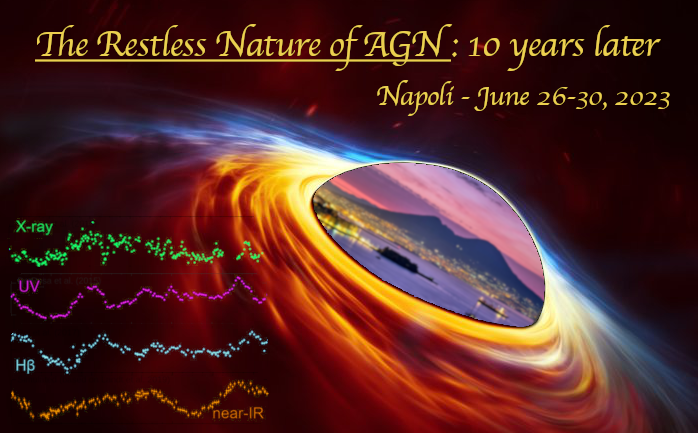Speaker
Description
Quasars optical variability gives us clues to understand the accretion disc around supermassive black holes. We can expect variability properties to correlate with the main physical properties of the accreting black hole, i.e., its mass and accretion rate. It has been established that the relative amplitude of optical variability anti-correlates with the accretion rate and luminosity.The dependence of the variance on black hole mass has remained elusive, and contradicting results, including positive, negative, or no correlation, have been reported. In this work, we show that the key to these contradictions lies in the timescales of variability studied (e.g., the length of the light curves available). By isolating the variance on different timescales as well as mass and accretion rate bins we show that there is indeed a negative correlation between black hole mass and variance and that this anti-correlation is stronger for shorter timescale fluctuations. The behavior can be explained in terms of a universal variability power spectrum for all quasars, resembling a broken power law where the variance is constant at low temporal frequencies and then drops continuously for frequencies higher than a characteristic frequency f_b, where f_b correlates with the black hole mass. Furthermore, to explain all the variance results presented here, not only the normalization of this power spectrum must anti-correlate with the accretion rate, but also the shape of the power spectra at short timescales must depend on this parameter as well. In this talk I will present the possible interpretations of the dependence of power spectral shape on both parameters as well as the data supporting the results.

